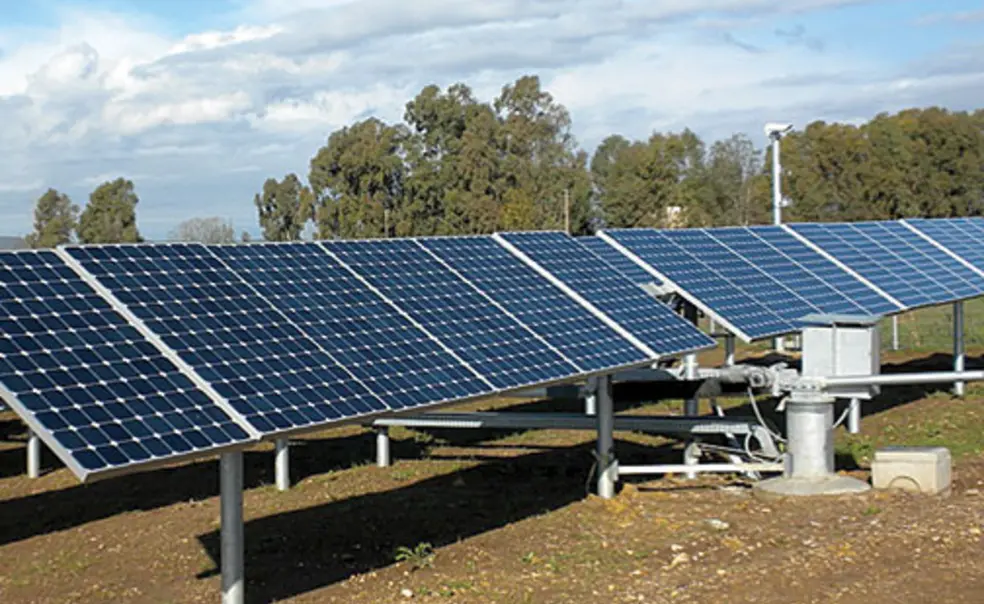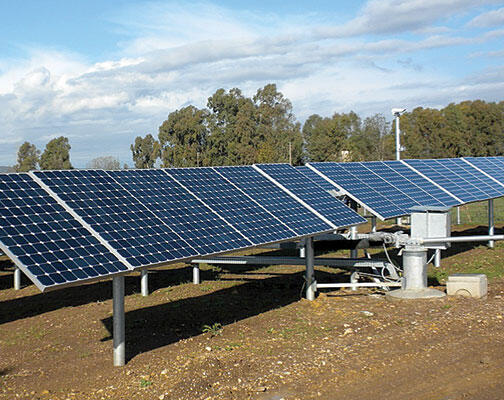The forecast remains sunny for solar energy at Princeton, two years after its 27-acre solar field began catching rays.
The 16,500 photovoltaic panels installed off Washington Road produced 5.3 percent of campus electrical consumption for the last academic year. Though this was less than the 5.8 percent estimated in 2012, results were “better than expected” considering last year’s harsh winter and an increase in campus electricity use, according to Thomas Nyquist, executive director of facilities engineering.
Since the installation opened in the fall of 2012, it has reduced the University’s emissions of carbon dioxide by 6,183 metric tons — the equivalent of taking 1,090 cars off the roads for a year. Solar energy represents about 5 percent of the carbon reductions needed to meet the University’s 2020 sustainability goals.
The payback time for the $28 million field originally was estimated at eight to 10 years, but Nyquist said that estimate is now 10 to 12 years. The University is able to sell energy credits based on the amount of solar energy it generates. Solar-energy credits, which trade like commodities, were valued at about $350 for one megawatt hour in 2012, but recently have been trading for about $185.













No responses yet